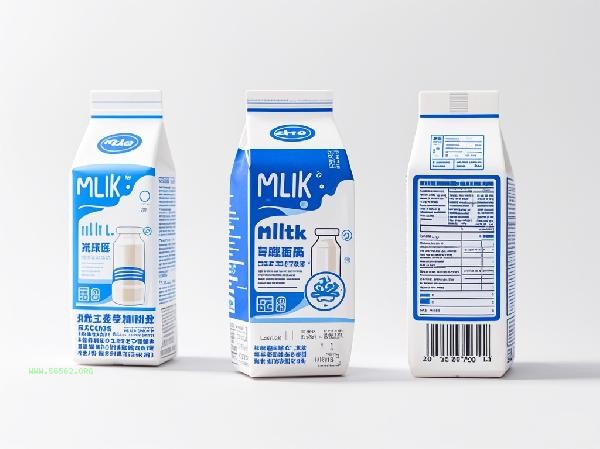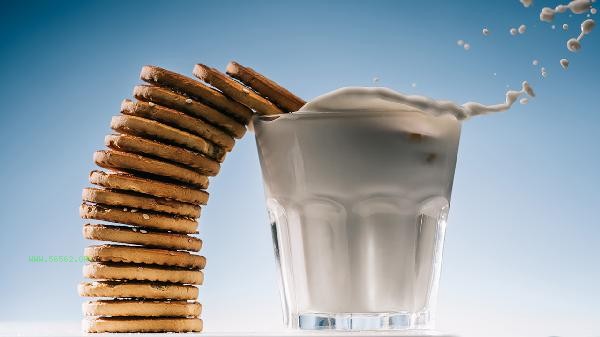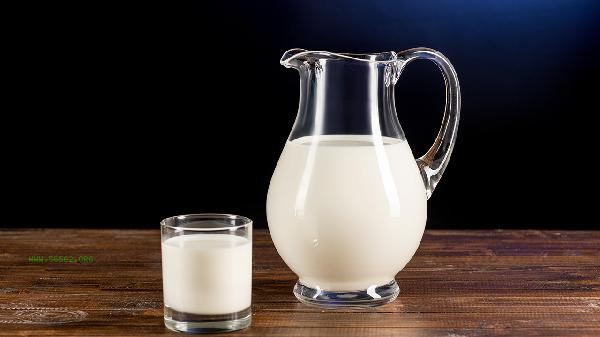The correct methods for hot bottled milk mainly include heating through water, microwave, thermostat, hot water immersion, and bottle sterilizer. The heating temperature of milk should not be too high to avoid damaging its nutritional components.

1. Cross water heating
Put bottled milk into a container filled with hot water, control the water temperature at around 50 degrees, and slowly heat the milk through heat conduction. This method can evenly heat and avoid protein denaturation caused by local overheating. During the heating process, the bottle body needs to be constantly shaken to ensure even temperature distribution. Suitable for heating infant formula that requires precise temperature control.
2. Microwave Heating
Pour the milk into a microwave specific container, select medium low power heating for 30 seconds, remove and shake, and repeat until the appropriate temperature is reached. Be careful not to directly heat the sealed bottle of milk to avoid excessive internal pressure that may cause it to burst. Microwave heating is fast but can cause uneven heating, so special attention should be paid to temperature control.
3. Thermostat Heating
Use a dedicated bottle thermostat to set the temperature at 40-45 degrees, and place the bottled milk into the heating tank for continuous insulation. This device can maintain a constant temperature and avoid nutrient loss caused by repeated heating. Suitable for situations that require long-term insulation, but it is important to regularly clean the heating tank to prevent bacterial growth.

4. Hot water soaking and heating
Place the sealed bottle of milk directly in hot water at around 60 degrees Celsius for 5-8 minutes, and transfer the temperature through heat convection. Easy to operate but slow to heat up, avoid using boiling water to cause deformation of the bottle body. After heating, dry the water stains on the bottle to prevent frosting and contamination during refrigeration.
5. Bottle sterilizer heating
Some multifunctional sterilizers have heating functions, which can simultaneously disinfect the bottle and preheat the milk. Choosing steam heating mode can better preserve nutrients, but attention should be paid to the adaptability of different models to plastic bottle materials. This integrated operation can effectively reduce secondary pollution. Regardless of the heating method used, a food grade thermometer should be used to monitor and ensure that the final temperature of the milk does not exceed 60 degrees Celsius. Heated milk should be consumed within 2 hours to avoid microbial growth. For special formula milk or the heating temperature required by medical advice, it is necessary to strictly follow the guidance of professional personnel. It is recommended to store bottled milk in the lower compartment of the refrigerator and maintain a constant temperature of around 4 degrees Celsius during daily storage. After opening, milk should be consumed within 24 hours as repeated heating can accelerate vitamin loss. Choosing glass bottles is more conducive to temperature conduction and less prone to residual odors, but attention should be paid to preventing falls and explosions. When breastfeeding mothers heat their breast milk, it is recommended to prioritize using the water separation heating method to maximize the retention of active substances.









Comments (0)
Leave a Comment
No comments yet
Be the first to share your thoughts!